Technical advances help in early detection
Stomach cancer is one of the most common cancers in Vietnam as well as in Asia. The prerequisite for successful treatment of this disease is early detection.
“The 5-year survival rate for patients diagnosed at an early stage can be up to more than 95%, if treated properly,” Dr. Long affirmed.
The difficulty in diagnosing stomach cancer is that the disease often progresses silently, with few obvious symptoms in the early stages.
Many patients are only discovered during routine health check-ups or endoscopy screening. Many cases go to the hospital when the tumor has progressed, while previously they thought it was just a normal stomach ache.
Doctor Long warns: “If the stomach pain lasts for more than two weeks, especially at night, and does not go away with medication, a gastroscopy and biopsy are needed to determine the exact cause.”
Notably, about 20% of stomach cancer cases currently occur in people under 40 years old, including patients in their early 20s who are only detected at a late stage.
Therefore, he recommends periodic gastroscopy after the age of 40, even when there are no symptoms, especially for people with risk factors such as chronic gastritis, HP bacteria infection, family history of stomach cancer, frequent use of fermented and smoked foods, smoking...
With the rapid development of modern medicine, detecting lesions at an early stage is becoming more feasible.
“Previously, only lesions larger than 1cm could be detected. Now, thanks to magnifying endoscopy technology, color endoscopy, and especially the application of artificial intelligence, lesions smaller than 1cm can also be identified,” said Dr. Long.
If endoscopy detects a suspicious lesion, the doctor will biopsy the tissue to identify cancer cells and plan appropriate treatment.
Small lesions can be removed endoscopically; larger lesions require gastrectomy. In cases detected early, endoscopic surgery helps preserve most of the stomach and maintain the patient's quality of life.
A typical case is patient LTH (22 years old), whose stomach cancer was detected at an early stage through a routine health check-up.
After laparoscopic surgery to completely remove the stomach and lymph nodes, the patient did not need postoperative chemotherapy. More than 5 years after surgery, the patient is still healthy, has started a family and had children, with no signs of recurrence or metastasis.
Helicobacter pylori (HP) infection is an important risk factor, but not everyone infected with HP will develop cancer.
The rate of cancer progression in people infected with HP is only about 1-2 people/1,000 people. Timely detection and thorough treatment of HP can significantly reduce the risk.
Laparoscopic surgery, a major step forward in the treatment of stomach cancer
Laparoscopic surgery for stomach cancer treatment has been a remarkable step forward in the past 10-15 years. Master, Doctor Tran Quang Dat (Department of Digestive Surgery, University of Medicine and Pharmacy Hospital , Ho Chi Minh City) said: "Previously, open surgery with a large incision caused a lot of pain and slow recovery. Now, laparoscopic surgery only requires a skin incision of about 5mm to 1cm, less pain, less blood loss and patients can recover quickly."
Endoscopic surgery is especially effective in early stages or with small tumors. In cases where the cancer has spread widely or the patient has a serious underlying medical condition such as cardiovascular or respiratory disease, careful evaluation is required before intervention.
Typically, patients can move around after 12 hours, eat again after 1-2 days, and be discharged after 5-6 days. A hospital study found the complication rate to be almost 0%.
Dr. Dat cited the case of an 81-year-old man with stomach cancer, diabetes, and high blood pressure. After careful consultation, the patient agreed to undergo endoscopic surgery.
The surgery was successful, and just one day after surgery, the patient was able to walk around the ward, three days later he was eating porridge and was discharged after six days. To date, the patient is still healthy and has had regular check-ups.
After gastric bypass surgery, patients need to adjust their diet: divide meals into smaller portions (6-7 times/day), prioritize soft, easy-to-digest foods, and limit irritating foods. Due to changes in absorption mechanisms, patients are prone to iron and vitamin B12 deficiency, so they need to be monitored and supplemented with nutrition periodically.
Besides physical health, mental health plays an important role. “Physical exercise, maintaining an optimistic spirit and timely follow-up visits are three important factors that help patients recover well and detect early if there is a risk of relapse,” Dr. Long emphasized.
Currently, Ho Chi Minh City University of Medicine and Pharmacy Hospital is applying liquid biopsy technique - a method of testing free cancer cells in the blood. This method can detect the risk of recurrence early, bringing higher efficiency than regular periodic tests.
Source: https://nhandan.vn/chan-doan-som-chia-khoa-nang-cao-hieu-qua-dieu-tri-ung-thu-da-day-post888893.html













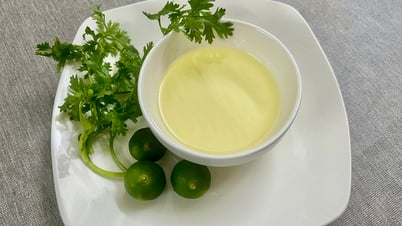


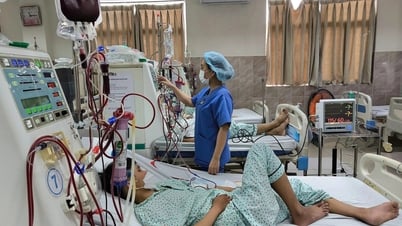





![[Photo] General Secretary To Lam meets with the Group of Young National Assembly Deputies](https://vphoto.vietnam.vn/thumb/402x226/vietnam/resource/IMAGE/2025/6/24/618b5c3b8c92431686f2217f61dbf4f6)
![[Photo] Close-up of modernized Thu Thiem, connecting new life with District 1](https://vphoto.vietnam.vn/thumb/402x226/vietnam/resource/IMAGE/2025/6/24/d360fb27c6924b0087bf4f288c24b2f2)

![[Photo] Prime Minister Pham Minh Chinh attends the Vietnam-China Business Connection Forum](https://vphoto.vietnam.vn/thumb/402x226/vietnam/resource/IMAGE/2025/6/24/f8e4b8223ab64fa0a1fe8ee58a36b57a)

![[Photo] General Secretary To Lam meets with the Group of Young National Assembly Deputies](https://vphoto.vietnam.vn/thumb/1200x675/vietnam/resource/IMAGE/2025/6/24/618b5c3b8c92431686f2217f61dbf4f6)





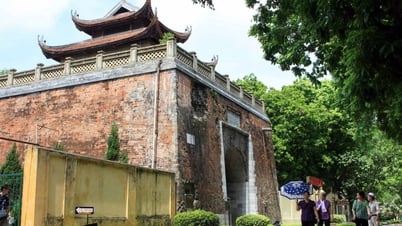




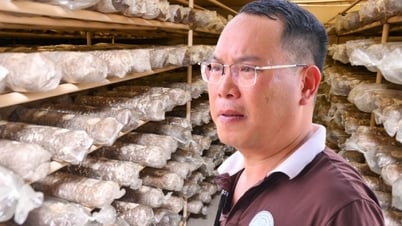








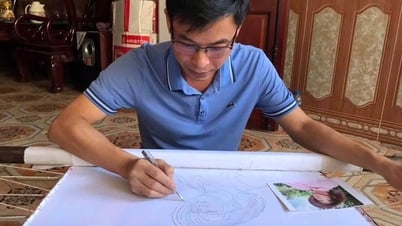
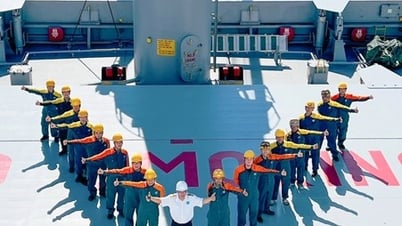






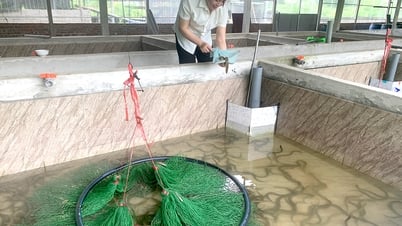



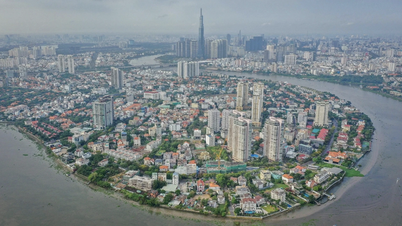









![[Infographic] Regulations on decentralization and delegation in the fields of culture, sports and tourism](https://vphoto.vietnam.vn/thumb/402x226/vietnam/resource/IMAGE/2025/6/25/880a409a8682407a8e784cbc77960ac9)







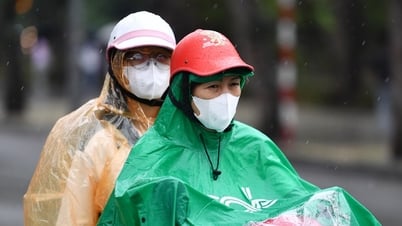

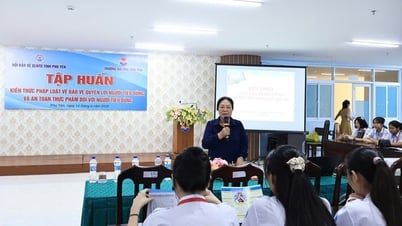

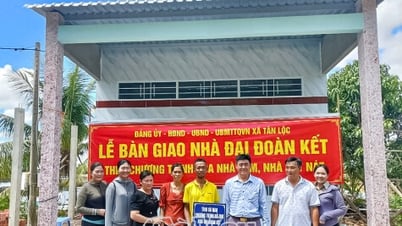
















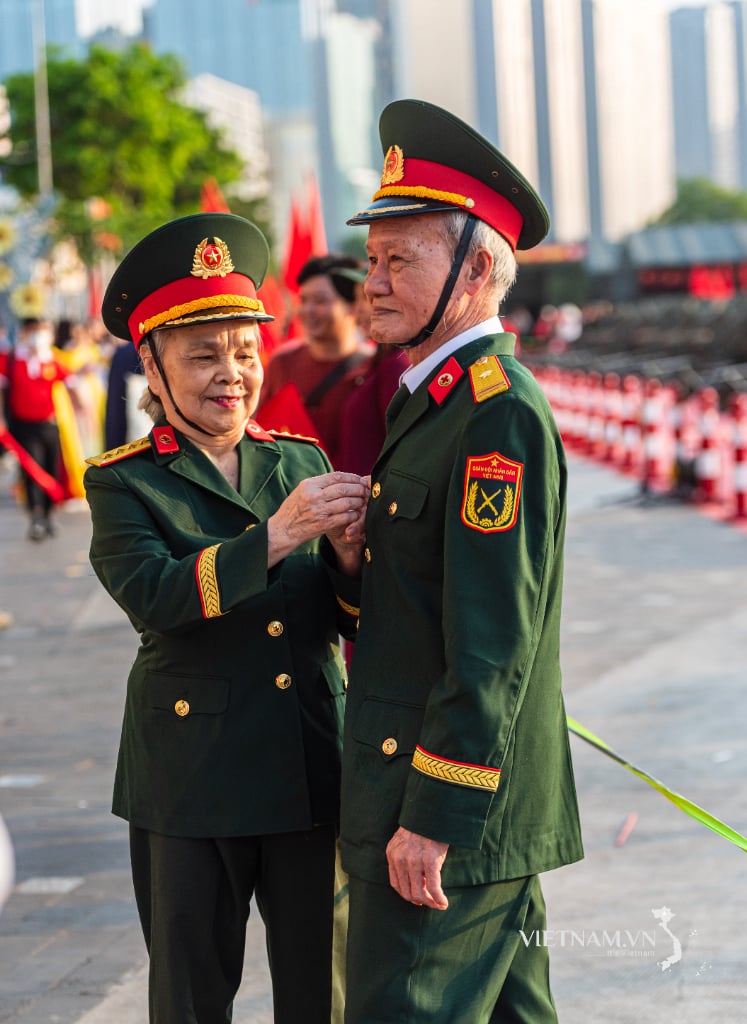
Comment (0)